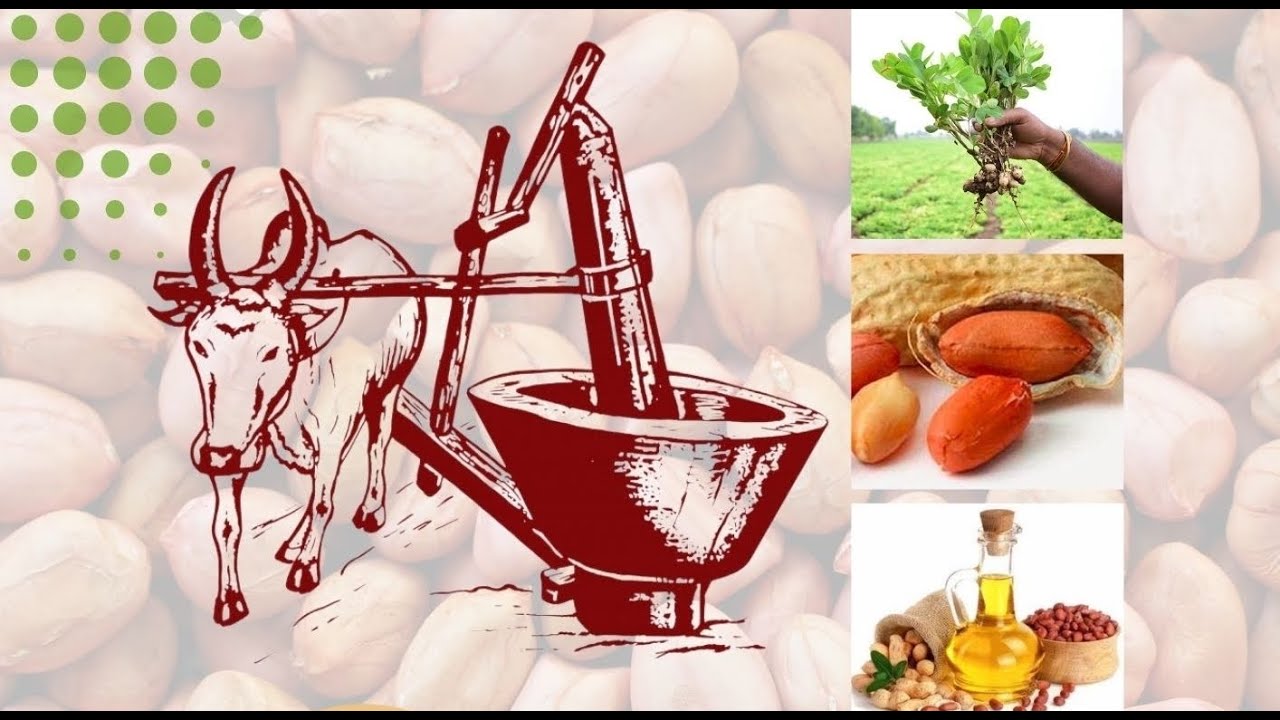@Vikas @rishabh.lalani @sameershisodia
The video enclosed is the inauguration of an FPC’s oil mill. We have worked with the FPC to slowly nudge and catalyse it take on value-added as a step. One year has past and here is how the story unfolds with many things for us to reflect upon
- Being unable to “market the product” is the greatest fear that management of the FPC finds difficult to overcome notwithstanding assurance of support.
- It takes time for the FPC to discover true production costs locally and to arrive at the questions of “what is the right operations & management model” that can make it work. 1 year out, the FPC is still learning.
- The FPC has changed its plan twice on what oil to extract - choice 1 : should it procure coconut/copra from its member farmers (lots of them grow coconuts) and capture value added as an institution on its members’ primary produce, and put effort to market and sell it to urban markets ? - this area consumes very limited coconut oil OR choice 2: Should it procure groundnuts from the “open market/ APMC” to produce oil for hyper local markets which is also limiting in value perception by member farmers. Both choices have been equally challenging - FPC tried choice 2 first and is now trying choice 1
- At S3IDF we are now facilitating an experiment of a local young woman taking up the marketing function for the FPC (and for other FPCs) - she is enthusiastic, energitic, grounded in her village but at the same time knows the art of marketing and comes to a city like Bengaluru and is able to sell to apartments etc directly. She also has a small oil extraction unit herself but sees partnership with FPCs as a growth strategy. She also has her own brand but is willing to work with FPCs also to sell products under their own brand as well as buy produce from the FPCs and sell it as her brand - she provides both options to FPCs. Will such a partnership work ?
- Success in this can lead to other ideas - such as using copra/coconut husk and other wastes for products such as coir foot-mats, carpets etc that may also have LOCAL DEMAND. However, success in one idea becomes a prerequisite to move on to the next. And the “starting idea” needs to be intuitive.
- Patience & perseverance absolutely necessary for these journeys. Also necessary resources for such perseverance to sustain.
Any sharing of similar experiences or suggestions on dealing with these challenges are welcome. Especially overcoming the fear of (1) above and how to open up minds for ideas in (5) above.
